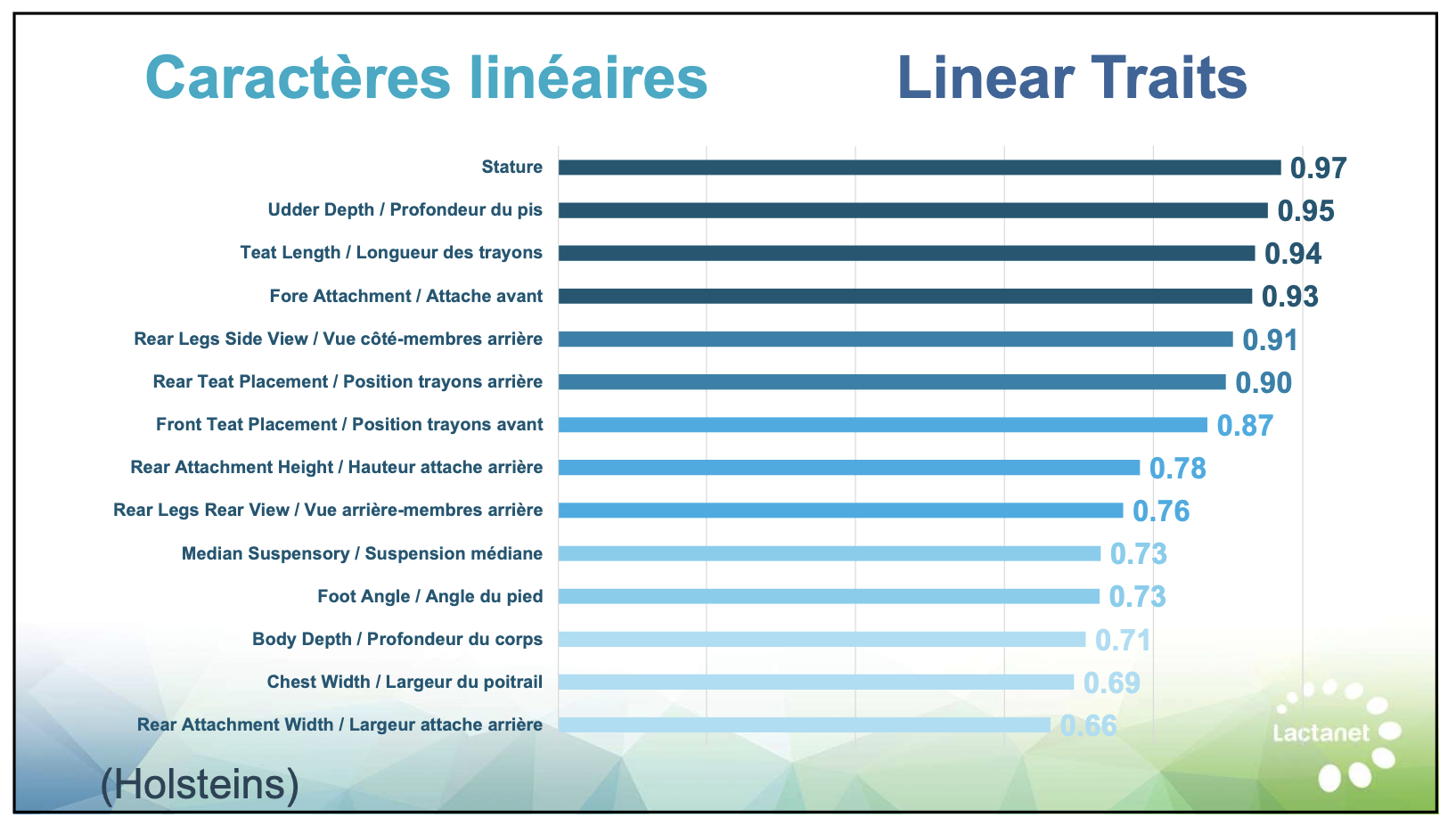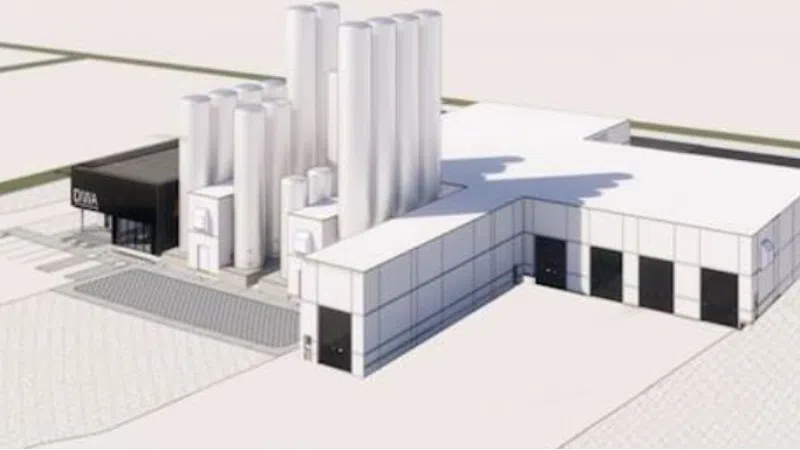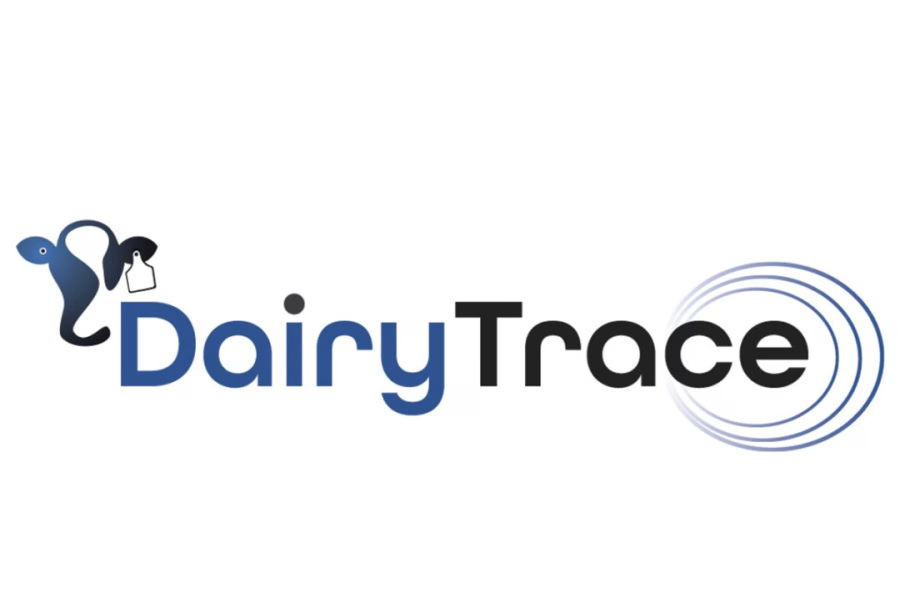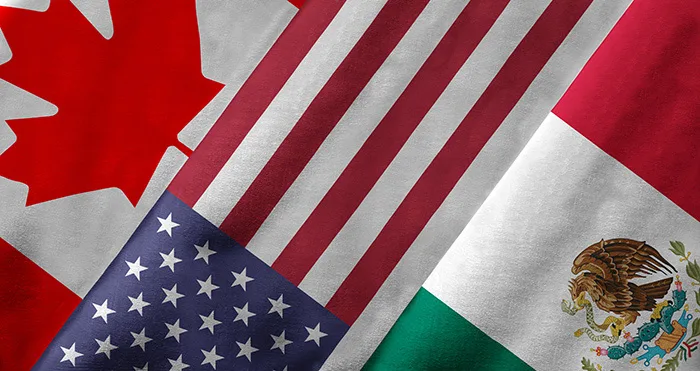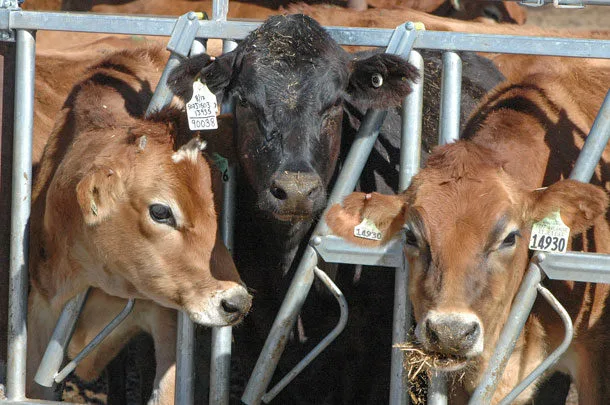How will Kamala Harris’s vague price gouging ban affect dairy farmers amid rising grocery prices? Read our expert analysis to find out.
Summary: Democratic presidential nominee Kamala Harris faces mounting pressure to clarify or abandon her proposal to ban “price gouging” by food and grocery companies. This initiative, aimed at countering inflation-driven price hikes, has drawn significant criticism for its lack of specific details. Stakeholders argue that Harris’s plan may be more of a political move than a feasible policy change. Even prominent Democratic economists like Jason Furman are skeptical, with Furman noting, “There’s no upside here, and there is some downside.” Given its vague framework, opponents believe the plan could lead to arbitrary enforcement and legal conflicts, increasing operational uncertainty in an unstable economic situation. The proposal’s timing and ambiguity have intensified the debate, leaving many questioning its practicality and implications for the future of the U.S. economy.
- Kamala Harris proposes banning “price gouging” by food and grocery companies to counter inflation-driven price hikes.
- The initiative faces criticism for lacking specific details and being potentially more political than practical.
- Even Democratic economists, like Jason Furman, express skepticism about the plan’s benefits and possible downsides.
- Opponents worry the vague framework could lead to arbitrary enforcement, legal conflicts, and operational uncertainty.
- The proposal’s timing and ambiguity fuel intense debate over its practicality and potential impact on the U.S. economy.

Are you struggling with rising food prices? You’re not alone. Food price increases have put industry experts and dairy farmers to the test. Then comes Kamala Harris’s polarizing plan to criminalize “price gouging” in grocery shops. But here’s the main question on everyone’s mind. Is Harris offering political theater or a solution? Experts and insiders have expressed concerns about Harris’ need for more detailed information, raising doubts about whether this plan would address the problem of rising expenses. This also impacts us as dairy farmers. Does it reduce or aggravate the already volatile market’s uncertainty?
Inflation and the Grocery Gambit: Navigating the 26% Surge in Food Prices
Inflation has been a chronic problem in recent years, hurting numerous businesses, including the food industry. Since the outbreak began, grocery prices have increased by 26 percent. This significant growth has tested consumers and created an unpredictable environment for industry operators.
Supply chain disruptions, growing demand, and higher labor and raw material costs contribute to inflationary pressures. Although some factors are beyond control, they have usually reduced consumer purchasing power and squeezed supplier and grocery store profit margins.
Many firms have also had to modify their pricing practices to accommodate these situations, resulting in accusations of “reflation.” The Federal Trade Commission (FTC) has been vociferous in its efforts to curb such activities, claiming that some corporations exploit inflationary tendencies for excessive profit. As the principal federal agency in charge of implementing antitrust and consumer protection laws, the FTC is essential in ensuring fair competition and safeguarding consumers. As a result, its position on Harris’ proposal gives critical insights into the regulatory viewpoint on the subject.
Understanding “Price Gouging”: The Core of the Controversy
So, what exactly constitutes “price gouging”? Typically, during times of crisis or high demand, businesses boost the prices of vital commodities to ludicrous levels. Imagine walking into a store to buy bottled water after a storm and seeing that the price has increased to five times their typical amount. This is actual price gouging.
It gets more problematic when this habit affects basic needs such as food, fuel, and medical supplies. For example, during the COVID-19 pandemic, there was severe price gouging. Hand sanitizers and face masks, formerly relatively inexpensive, became abruptly pricey, causing public outrage and, in some cases, government intervention.
Understanding Harris’ proposition requires acknowledging this contentious context. Although her idea aims to protect consumers from excessively high costs during poor economic times, critics argue that its vagueness leaves numerous unanswered concerns. What distinguishes “excessive” pricing increases? How will enforcement be carried out? These are only a few of the issues that have sparked ongoing debate.
Is Harris’s Price Gouging Ban Too Vague to Be Effective?
Harris’s idea is based mainly on a government restriction on “price gouging” for essential food goods. This step aligns with her overall economic goal of reducing the financial burden on American families. The policy empowers the FTC to monitor firms that raise prices on critical commodities much above what would be reasonable given inflationary pressures. This approach is founded on the belief that some companies profit unduly from economic situations, often known as “reflation,” via exploitation. Harris’s idea seeks to safeguard customers from unjustifiable price increases, lessening the financial burden on American families.
Meanwhile, the system has been criticized for its vagueness. Although the purpose is clear—to protect consumers against unwarranted price increases—the proposal lacks details. It does not specify, for example, what constitutes “excessive” price increases or outline enforcement strategies. Furthermore, it is unclear how the FTC would determine whether price rises are legitimate responses to inflation versus those deemed predatory.
This lack of clarity causes severe worries. Critics believe the strategy might lead to arbitrary enforcement and legal issues without defined guidelines. Furthermore, enterprises may find it challenging to comply with ambiguous regulations, raising operating uncertainty in an unpredictable economic environment.
Political Maneuver or Practical Policy? Harris’s Proposal Faces Bipartisan Scrutiny
There must be complete silence about the idea. Democratic politicians, respected economists, and business experts have all expressed strong opposition. Jason Furman, a senior economic consultant in the Obama administration, opposed the concept because it offered little benefit. “There’s no upside here, and there is some downside,” according to Furman.
Furthermore, many of Harris’ party members considered the proposal more of a political stunt than a viable strategy. They argue that more detailed information is necessary for effective implementation but speak to individuals frustrated by rising food prices. Given its extensive and genuine nature, worries linger concerning the proposal’s passage through Congress.
Industry experts also voice strong misgivings. They believe the existing strategy leaves the “price gouging” definition open, which may induce market confusion and inhibit healthy competition. The impending Kroger-Albertsons merger highlights the intricacies of the grocery industry; opponents claim that a government restriction would create more ambiguity than clarity.
Significant challenges must be overcome before Harris’ price gouging regulation can take effect. The market’s stability and consumer protection rely on more precise definitions and muscular mechanisms. Without them, the proposal risks being seen as an overreach rather than a practical solution to inflationary concerns.
Political Motivations Behind Harris’s Price Gouging Ban: Analyzing the Strategy and Implications
Examining the political implications of Harris’ idea and any comprehensive economic action is critical. Some argue that the idea is a planned measure designed to gain favor with voters increasingly feeling the sting of increased grocery prices—which have risen by 20% from pre-pandemic levels. Though they lack detailed implementation strategies, voter unhappiness provides fertile ground for policy proposals that promise relief.
Her party’s skepticism supports Harris’ claim that it may be more about appearances than reality. As part of her campaign, rising food prices are a hot subject that resonates with ordinary Americans and is politically advantageous. Harris positions herself as a consumer rights champion by addressing this issue despite the problems and ambiguities in her plan.
Kroger and Albertsons’ ongoing merger complicates the topic. Harris and other progressive Democrats have supported the FTC’s opposition to this acquisition, arguing that such consolidations reduce competition and increase prices. Meanwhile, critics say that a federal ban on price gouging, while such a significant transaction is being investigated, might result in an even more convoluted regulatory landscape. It raises questions about the logic and practicality of Harris’s broader economic strategy.
From a conservative viewpoint, this proposal may be a typical example of regulatory overreach, indicating a broader purpose of emphasizing government involvement above market-driven solutions. This policy may have unintended consequences, reducing innovation and competition in the food sector, especially the dairy industry. Professionals in related subjects and dairy farmers should carefully study the implications of such legislative moves.
Expert Opinions Highlight Concerns Over Harris’s Price-Gouging Proposal
Professionals in many disciplines have responded to Kamala Harris’s suggestion, providing viewpoints that warn against quick adoption without considering the risks. Former senior economic adviser Jason Furman of the Obama administration called out the proposal, saying, “There’s no upside here, and there is some downside” (Source). Furman contends that the absence of thorough rules might generate further market uncertainty.
Furthermore, professionals in the field wonder whether it is possible to control pricing without leading to unanticipated effects. “Broad and ambiguous legislation targeting price gouging could exacerbate the supply chain issues we’re already facing,” National Chicken Council CEO Mike Brown said (Source). Brown thinks more explicit rules targeting supply chain enhancements might provide more significant outcomes.
Political experts also wonder whether the plan is more of a political ploy than a workable fix. Senior Brookings Institution researcher Lisa Miller said, “It’s tough to overlook the timing of this suggestion. (Source) It seems meant to satisfy current voter concerns rather than provide long-term remedies.” Miller argues that the present plan falls short regarding the thorough, bipartisan support needed for true economic transformation.
Agricultural economist Jonathan Hinsdale stresses the possible harm to farmers. “For dairy farmers, who already run on thin margins, such a policy could be disastrous if it leads to unintended price controls,” Hinsdale said (Source). Rather than general price control policies, he advises focused subsidies and incentives to support the agriculture industry properly.
These points of view highlight a shared theme. While Harris’s proposal’s intention may appeal to those annoyed by excessive supermarket costs, its implementation may only prove possible with further improvement and stakeholder involvement.
Learning from Global Perspectives: How Canada and the UK Handle Price Gouging in the Food Sector
Examining Harris’s concept of “price gouging” provides insight into how other countries address similar food market issues. Consider Canada as an example. During the pandemic, Canadian provinces imposed temporary price increases on food and other vital products. The recommendations allow authorities to penalize corporations for unjustified price rises. Although the Canadian method got mixed feedback, it protected clients from crises.
The United Kingdom is another intriguing case study. The UK government tackles unfair pricing practices via consumer protection laws, although it does not explicitly outlaw price gouging. Instead, the Competition and Markets Authority (CMA) investigates and takes appropriate action to address unfair activity. These concepts have often effectively decreased exploitative pricing during inflationary periods without altering the market much.
Both countries, however, highlight a critical component missing from Harris’ plan: explicit norms of accountability and enforcement. The experiences from Canada and the United Kingdom show that, although government regulation may inhibit price gouging, comprehensive procedures are required to ensure transparency and efficacy. Without them, Harris’ idea may suffer from the same lack of practicality and clarity it already faces.
Dairy Farmers: Will Harris’s Price Gouging Ban Help or Hinder Your Operations?
Dairy farmers may wish to know how this concept influences their business methods. Would government price-gouging legislation create more impediments, or might it assist in stabilizing input costs? Harris’s proposal might relieve some prices by lowering the excessive markup on vital commodities and the cost of feed, fuel, and other essential supplies. Reducing these expenditures may boost profit margins and provide some respite from overall inflationary pressures.
The concept has certain drawbacks, however. The proposal’s lack of definition allows for significant regulatory ambiguity, which may impact the market. Such uncertainty may discourage investment in the agricultural supply chain or drive suppliers to transfer compliance costs onto farmers, negating any intended price decrease. Furthermore, history has shown that price limitations may cause shortages because firms may reduce production to reduce losses when they cannot charge more during a supply shortage.
The Bottom Line
Examining Kamala Harris’ plan to outlaw price gouging exposes how much skepticism and criticism it has generated. What has to be determined is whether this initiative is a political gimmick or a viable legislative solution. Critics, including prominent Democratic economists, contend that the limitation is imprecise and may cause difficulties getting through Congress. Additional problems include the potential implications on food prices and dairy farmers, particularly given the Kroger-Albertsons merger.
Still, the significant issues are: Is Harris the best presidential candidate, and would her policies benefit or harm dairy producers? Implementing intelligent, pragmatic remedies becomes even more critical as inflation slows and food prices stabilize. With particular facts, it is easy to assess the potential viability of Harris’ idea. Thus, both industry participants and voters are concerned about its true impact.
When evaluating any candidate, the emphasis should be on the clarity and practicality of their economic proposals. These policies are critical for addressing the severe issues consumers and corporate leaders confront. As dairy farmers look forward, the significance of transparent and realistic policy cannot be overstated.
Learn more:
- Post-Covid Grocery Price Surge: How It Affects Dairy Farmers and Your Wallet
- Trump vs Biden: Who is the Best Presidential Choice for Dairy Farmers?
- Why Milk Costs More but Dairy Farmers Earn Less: The Global Dairy Dilemma
 Join the Revolution!
Join the Revolution!
Bullvine Daily is your essential e-zine for staying ahead in the dairy industry. With over 30,000 subscribers, we bring you the week’s top news, helping you manage tasks efficiently. Stay informed about milk production, tech adoption, and more, so you can concentrate on your dairy operations.







 Join the Revolution!
Join the Revolution!
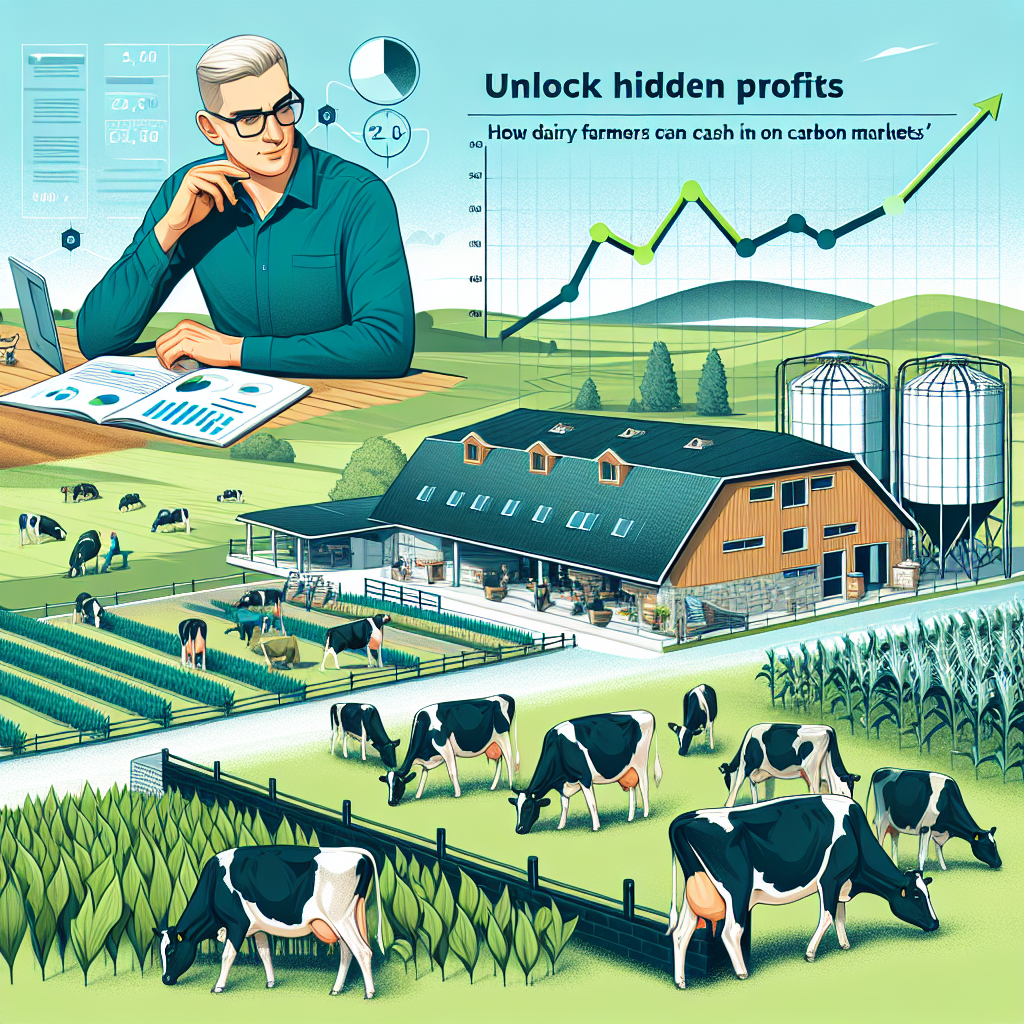


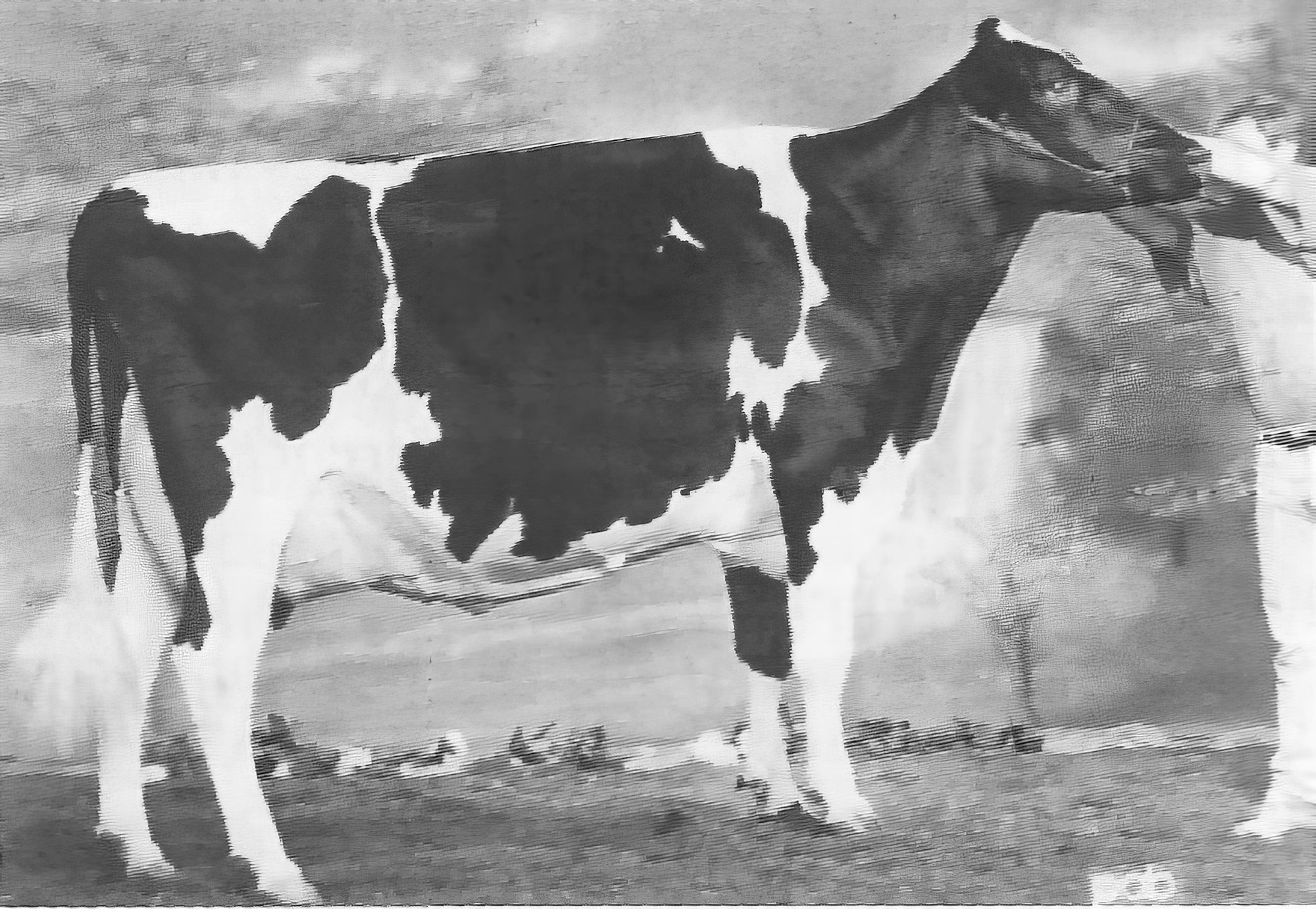
 David Brown, like all of us, had his flaws. Endowed with remarkable skills as a breeder, showman, and promoter, he was often hailed as the finest cattleman of his era. Growing up on Browndale Farms in Paris, Ontario, he had towering expectations to meet. His father, R.F. Brown, was a luminary in the dairy world, winning the esteemed Curtis Clark Achievement Award in 1988 and the Klussendorf Trophy at the 1993 World Dairy Expo. As one of Canada’s most successful breeders, R.F. clinched Premier Breeder and Exhibitor honors at the World Dairy Expo and the Royal Winter Fair. His accolades included five Grand Champions at the Royal Winter Fair: Green Elms Echo Christina (1972 and dam of Browndale Commissioner), Vanlea Nugget Joyce (1974), Marfield Marquis Molly (1978), and Du-Ma-Ti Valiant Boots Jewel (1988). David certainly had big shoes to fill. And fill them he did. His list of accomplishments was extensive: He led Ontario’s top herd in production in 1991, bred two All-Canadian Breeder’s Herd groups, and produced the All-American Best Three Females in 1998. He was twice crowned Premier Breeder at the International Holstein Show and accumulated 92 awards in All-Canadian and All-American contests from 1986 through 2004. Yet, despite two auction sales in 1991 and 1996 aimed at reducing his debts, financial relief was elusive. Over time, his wife left him, his children moved away, and his prized cattle were sold off. Eventually, David relocated to Colombia, where he passed away. Views on Brown are mixed—some saw him as a charming inspiration, while others regarded him as a rule-bending showman or an irresponsible debtor. Nonetheless, his rapid ascent and remarkable achievements in his lifetime are indisputable. Many wealthy individuals have invested vast sums of money into the cattle industry, chasing the same recognition, only to leave empty-handed. What distinguished David Brown was his nearly mystical talent for preparing animals for the show ring and transforming them into champions.
David Brown, like all of us, had his flaws. Endowed with remarkable skills as a breeder, showman, and promoter, he was often hailed as the finest cattleman of his era. Growing up on Browndale Farms in Paris, Ontario, he had towering expectations to meet. His father, R.F. Brown, was a luminary in the dairy world, winning the esteemed Curtis Clark Achievement Award in 1988 and the Klussendorf Trophy at the 1993 World Dairy Expo. As one of Canada’s most successful breeders, R.F. clinched Premier Breeder and Exhibitor honors at the World Dairy Expo and the Royal Winter Fair. His accolades included five Grand Champions at the Royal Winter Fair: Green Elms Echo Christina (1972 and dam of Browndale Commissioner), Vanlea Nugget Joyce (1974), Marfield Marquis Molly (1978), and Du-Ma-Ti Valiant Boots Jewel (1988). David certainly had big shoes to fill. And fill them he did. His list of accomplishments was extensive: He led Ontario’s top herd in production in 1991, bred two All-Canadian Breeder’s Herd groups, and produced the All-American Best Three Females in 1998. He was twice crowned Premier Breeder at the International Holstein Show and accumulated 92 awards in All-Canadian and All-American contests from 1986 through 2004. Yet, despite two auction sales in 1991 and 1996 aimed at reducing his debts, financial relief was elusive. Over time, his wife left him, his children moved away, and his prized cattle were sold off. Eventually, David relocated to Colombia, where he passed away. Views on Brown are mixed—some saw him as a charming inspiration, while others regarded him as a rule-bending showman or an irresponsible debtor. Nonetheless, his rapid ascent and remarkable achievements in his lifetime are indisputable. Many wealthy individuals have invested vast sums of money into the cattle industry, chasing the same recognition, only to leave empty-handed. What distinguished David Brown was his nearly mystical talent for preparing animals for the show ring and transforming them into champions. Edward Young Morwick, a distinguished author, cattle breeder, and lawyer, was born in 1945 on the Holstein dairy farm owned by his father, Hugh G. Morwick. His early memories of his mother carrying him through the cow aisles profoundly shaped his trajectory. Although Edward pursued a career in law, excelling immediately by finishing second out of 306 in his first year, he harbored a deep-seated passion for journalism. This led to his later work chronicling Holstein’s cow history. His seminal work, “The Chosen Breed and The Holstein History,” stands as a cornerstone for those delving into the evolution of the North American Holstein breed. In it, he compellingly argues that the most influential bulls were those of the early historical period. (Read more:
Edward Young Morwick, a distinguished author, cattle breeder, and lawyer, was born in 1945 on the Holstein dairy farm owned by his father, Hugh G. Morwick. His early memories of his mother carrying him through the cow aisles profoundly shaped his trajectory. Although Edward pursued a career in law, excelling immediately by finishing second out of 306 in his first year, he harbored a deep-seated passion for journalism. This led to his later work chronicling Holstein’s cow history. His seminal work, “The Chosen Breed and The Holstein History,” stands as a cornerstone for those delving into the evolution of the North American Holstein breed. In it, he compellingly argues that the most influential bulls were those of the early historical period. (Read more: 


